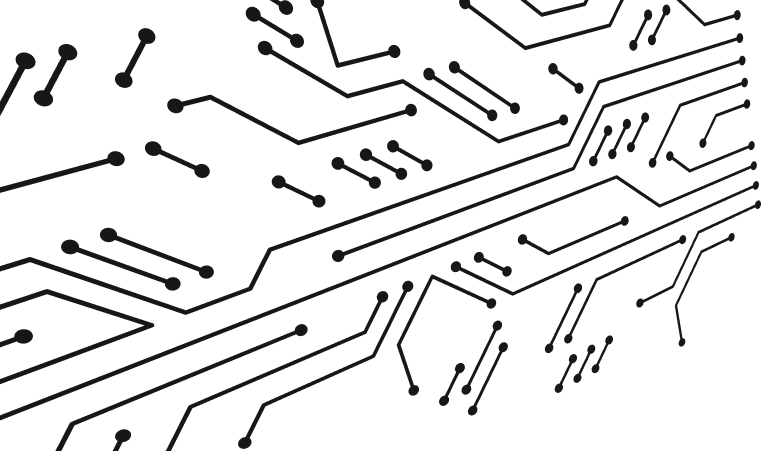Talk to us 727 469 6515
-
-
Mail us nance@drsurgerllc.com



Electrical repair & troubleshooting can seem daunting, but understanding the basics can make a significant difference in ensuring safety and efficiency. Whether it's fixing a flickering light, addressing a tripping circuit breaker, or diagnosing faulty outlets, knowing how to troubleshoot electrical issues properly can save time and prevent potential hazards. This step-by-step guide will walk you through essential tips, safety precautions, and practical tools for successful electrical repair & troubleshooting, making it easier to handle common issues with confidence.
Electrical repair & troubleshooting require a basic understanding of how electrical systems work. Familiarize yourself with your home’s electrical panel, circuits, and outlets. It’s important to know the common signs of electrical issues, such as flickering lights, frequent tripping of circuit breakers, and buzzing sounds from outlets. Recognizing these early warning signs is the first step toward safe and effective electrical repair.
To begin with, remember that different appliances and systems operate at varying voltage levels. Having a multimeter on hand can help measure these voltages, identify faulty circuits, and check if outlets are functioning properly.
Having the right tools is key to successful electrical repair & troubleshooting. Here are some must-have tools:
Equipping yourself with these tools will help in diagnosing and fixing electrical issues confidently, making electrical repair & troubleshooting smoother and safer.
One of the golden rules of electrical repair & troubleshooting is to always cut off the power before working on any electrical component. Locate your circuit breaker panel, and switch off the breaker connected to the area you’ll be working on. For added safety, consider labeling your breaker switches if they aren’t already marked. This step ensures you’re not exposed to active electrical currents during repairs, reducing the risk of electric shock.
Even with the power off, use your non-contact voltage tester to verify there is no live current before you begin. Safety checks like this are crucial in electrical repair & troubleshooting, helping to create a secure work environment.
Electrical repair & troubleshooting often involve diagnosing specific issues. Some of the most common electrical problems include:
Identifying these problems is the core of effective electrical repair & troubleshooting. Taking the time to understand the root cause of each issue will save you time and energy in the long run.
Now that you have diagnosed the problem, here’s a structured approach to electrical repair & troubleshooting:
This structured process helps create an organized approach to electrical repair & troubleshooting, allowing you to address each issue systematically.
Mistakes in electrical repair & troubleshooting can lead to further issues or even safety hazards. Avoid these common pitfalls:
Being mindful of these mistakes will ensure a safer and more effective electrical repair & troubleshooting process, reducing risks and prolonging the lifespan of your electrical systems.
Routine maintenance is an essential part of electrical repair & troubleshooting, helping prevent small issues from escalating. Schedule regular inspections of your electrical system, looking for wear and tear or potential problems. Regular maintenance keeps your electrical systems in top shape, prevents hazards, and ensures they continue to function effectively over time.
Simple checks, such as testing smoke detectors, inspecting outlets, and checking the electrical panel, can save you from larger, more costly repairs later on. Making electrical repair & troubleshooting part of your maintenance routine is a proactive way to maintain electrical safety.
While DIY electrical repair & troubleshooting can address minor issues, some tasks require a licensed professional. Complex problems, such as rewiring or handling high-voltage components, are best left to trained electricians. Attempting to tackle major repairs without the right expertise can be dangerous.
Professional electricians have the experience and tools to safely handle complex electrical repair & troubleshooting, ensuring repairs are up to code and safe for long-term use. Don’t hesitate to contact a professional if you encounter issues beyond your skill level.
In electrical repair & troubleshooting, safety and knowledge are paramount. Following this step-by-step guide will allow you to troubleshoot electrical issues efficiently while minimizing risk. Remember that electricity is powerful and potentially dangerous; even minor repairs should be approached with caution and respect for proper safety protocols.
If you’re unsure about tackling an electrical issue yourself, consider reaching out to a professional like DR Surge to ensure safe, expert handling of your electrical repair & troubleshooting needs.
Contact Us
Mail Us
Our Office Location